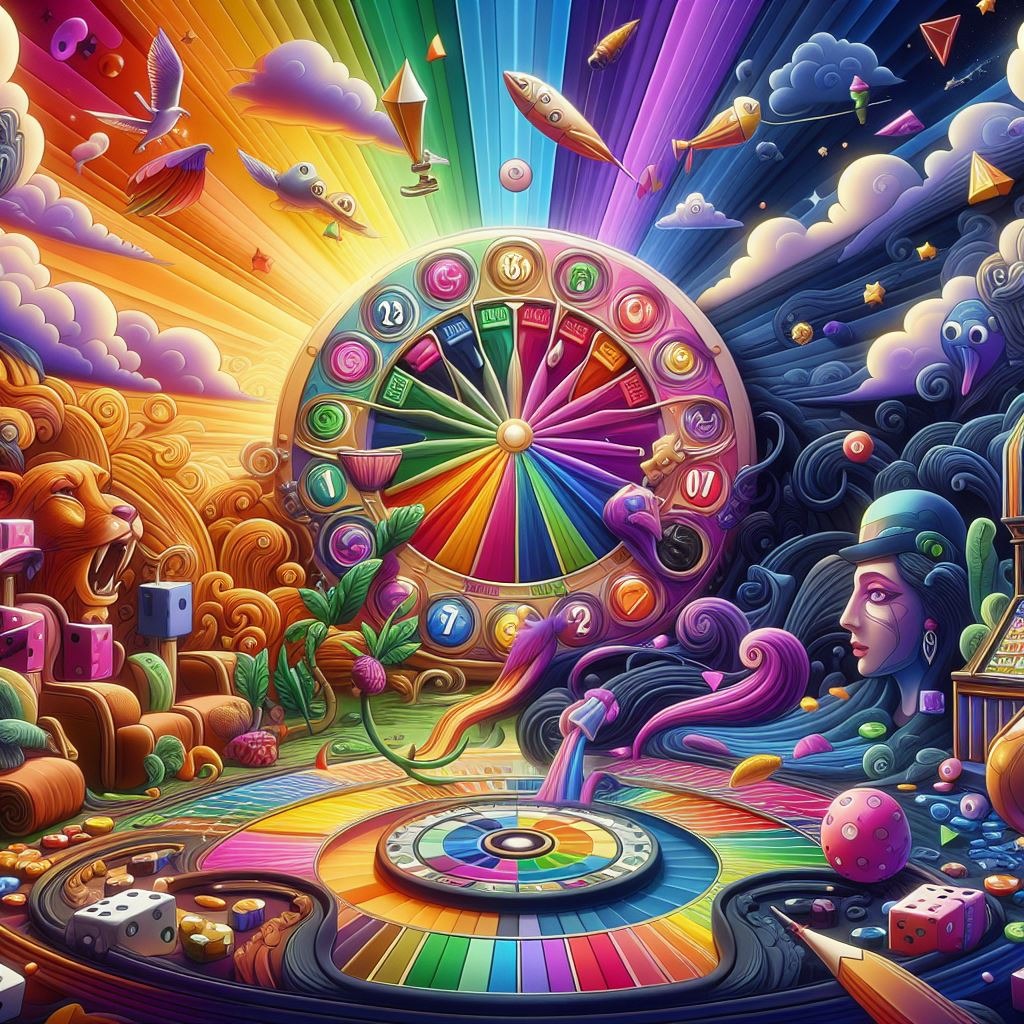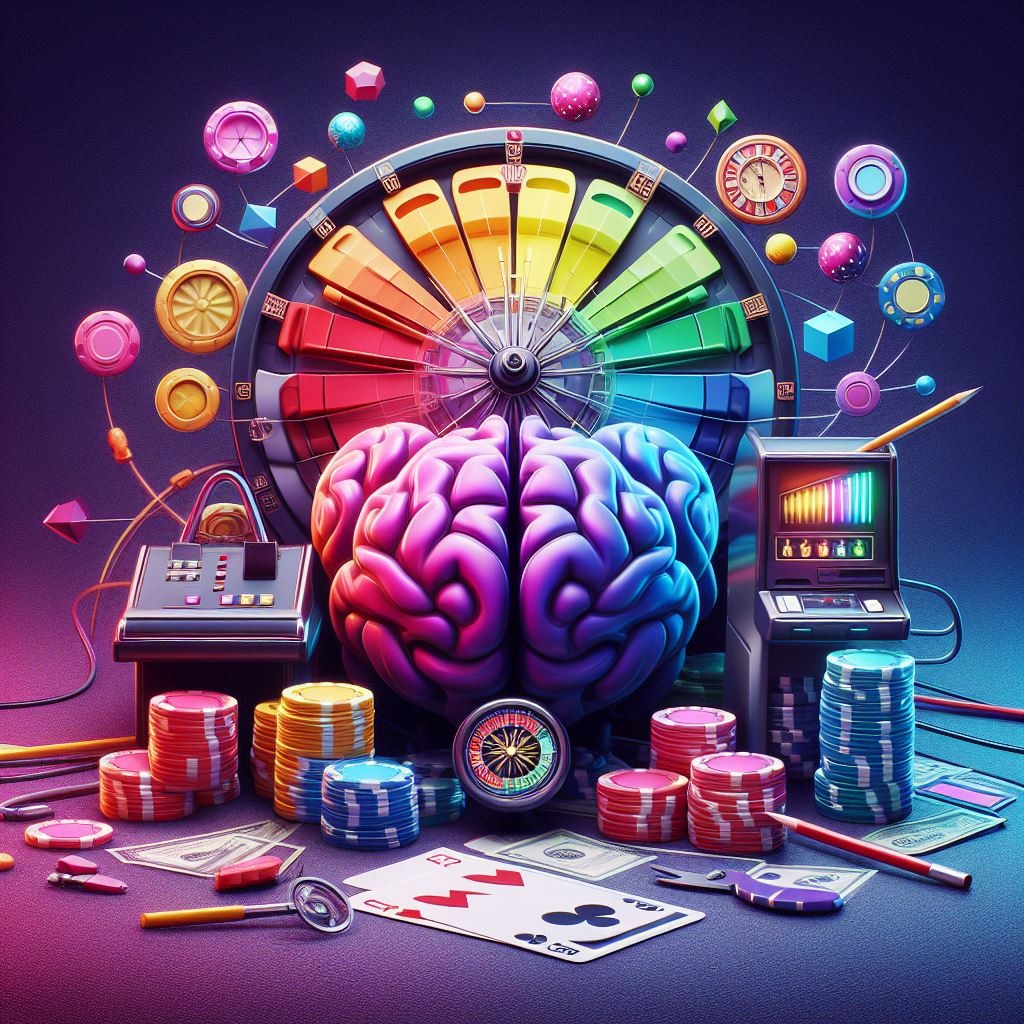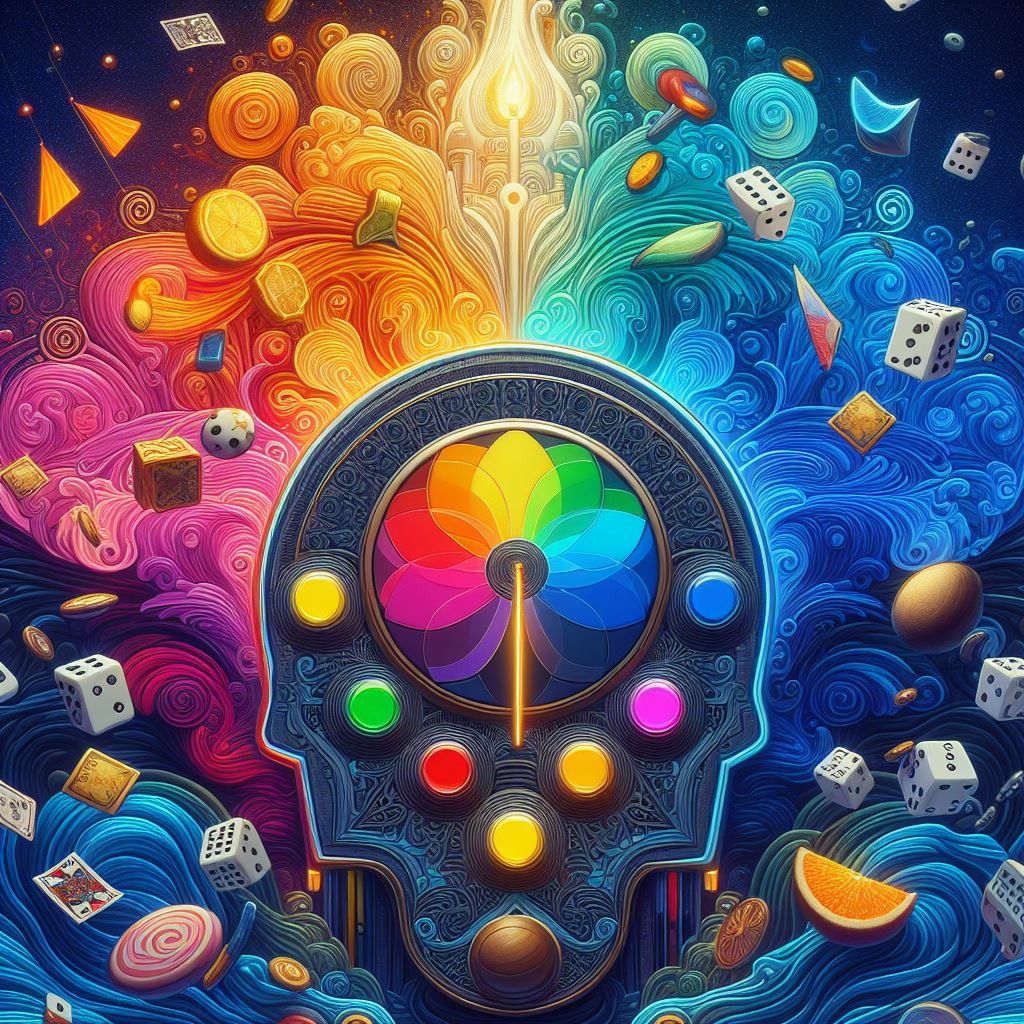Color plays a significant role in shaping human perception, emotions, and behaviors. In the realm of casino game design, understanding the psychology of color is paramount for creating immersive, engaging, and effective gaming experiences. In this comprehensive guide, we’ll explore the impact of color on player psychology in casino games, examining how different colors influence emotions, perceptions of risk, player engagement, and overall gaming experience.
- The Influence of Color on Emotions:
a. Warm Colors (Red, Orange, Yellow): Warm colors are often associated with energy, excitement, and stimulation. In casino game design, these colors can evoke feelings of thrill, intensity, and anticipation, making them ideal for attracting players and creating a dynamic gaming atmosphere.
b. Cool Colors (Blue, Green, Purple): Cool colors are known for their calming and relaxing effects. They can create a sense of tranquility, trust, and stability, which can be beneficial for players who prefer a more laid-back gaming experience or when designing games that require focus and concentration.
c. Neutral Colors (Black, White, Gray): Neutral colors are versatile and can be used to balance the intensity of warm and cool colors. Black is often associated with elegance, sophistication, and mystery, while white symbolizes purity, clarity, and simplicity. Gray is commonly used for backgrounds or to create contrast with other colors in the design.
- Color Associations and Symbolism:
a. Red: Red is a powerful color associated with passion, excitement, and energy. In casino games, it’s often used to highlight winning symbols, bonus features, and high-value elements to grab players’ attention and create a sense of urgency.
b. Blue: Blue conveys trust, calmness, and reliability. It’s commonly used in casino game design to instill a sense of security, especially in banking or transaction-related interfaces, promoting a trustworthy and safe gaming environment.
c. Green: Green is associated with growth, prosperity, and luck. In casino games, green is often used for symbols related to money, jackpots, or bonus rewards, tapping into the positive associations of wealth and fortune.
d. Yellow: Yellow signifies optimism, happiness, and positivity. It’s used sparingly in casino game design to draw attention to important elements or to convey messages of excitement and joy, such as winning notifications or bonus alerts.
e. Purple: Purple represents luxury, creativity, and sophistication. It’s used in casino games to add a touch of elegance and exclusivity, often seen in VIP areas, high-stakes games, or premium features.
- Color Psychology in Game Elements:
a. Game Interface: The color scheme of the game interface, including menus, buttons, and background elements, can impact player engagement and navigation. Clear contrasts, legible text, and intuitive color choices enhance usability and overall user experience.
b. Symbols and Icons: The colors of symbols, icons, and visual cues in casino games play a crucial role in guiding player actions and conveying information. For example, green symbols may indicate bonus rounds, red symbols may signify risk or caution, and yellow symbols may represent rewards or achievements.
c. Backgrounds and Themes: The overall color palette and theme of a casino game influence the player’s mood and immersion. Vibrant colors and dynamic backgrounds create excitement and energy, while subtle colors and cohesive themes enhance storytelling and player immersion.
See Also:



- Color Considerations for Different Game Types:
a. Slot Games: In slot games, color psychology is used to attract attention to winning combinations, bonus features, and progressive jackpots. Bright colors, flashing lights, and contrasting elements create visual interest and enhance the thrill of spinning the reels.
b. Table Games: Table games like roulette, blackjack, and poker often use color-coded elements for betting options, game outcomes, and player interactions. Clear color distinctions help players make quick decisions and understand game rules intuitively.
c. Live Dealer Games: In live dealer games, color psychology extends to the design of virtual environments, dealer attire, and game interfaces. Warm colors create a welcoming atmosphere, while cool colors promote focus and relaxation during gameplay.
- Implementing Effective Color Strategies:
a. Consistency: Maintain a consistent color scheme throughout the game to establish visual coherence and reinforce brand identity. Consistency also helps players navigate the game interface more effectively.
b. Contrast: Use contrasting colors for important elements such as buttons, notifications, and prompts to ensure they stand out from the background and attract attention.
c. Accessibility: Consider color accessibility guidelines to ensure that players with color vision deficiencies or visual impairments can easily distinguish between different elements and interact with the game without difficulty.
d. A/B Testing: Conduct A/B testing with different color schemes and designs to evaluate player preferences, engagement levels, and usability. Analyze feedback and data to optimize color choices for maximum impact.
Conclusion: Casino Game
The psychology of color in casino game design is a powerful tool for creating immersive, engaging, and memorable gaming experiences. By understanding how different colors influence emotions, perceptions, and player behaviors, game developers can design games that resonate with players on a subconscious level, enhance user experience, and ultimately drive player engagement and satisfaction. As the gaming industry continues to evolve, incorporating effective color strategies will remain essential for crafting successful and visually appealing casino games.
